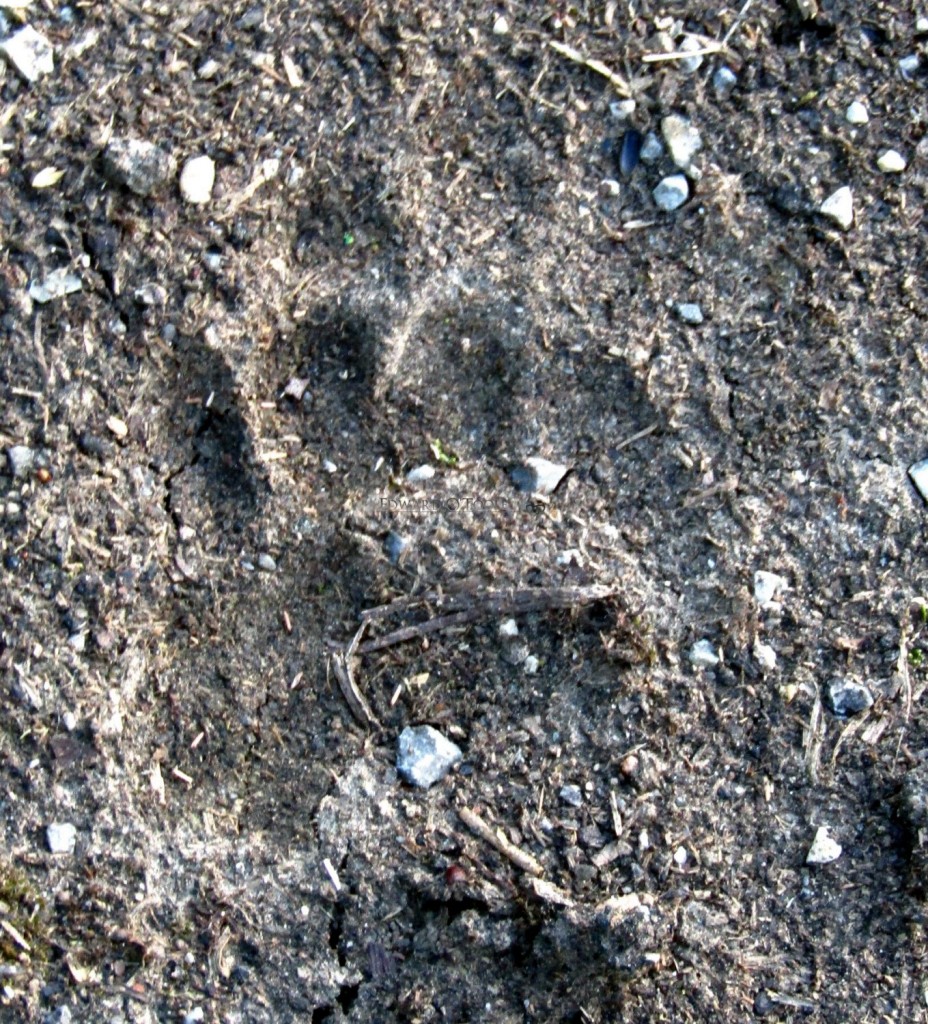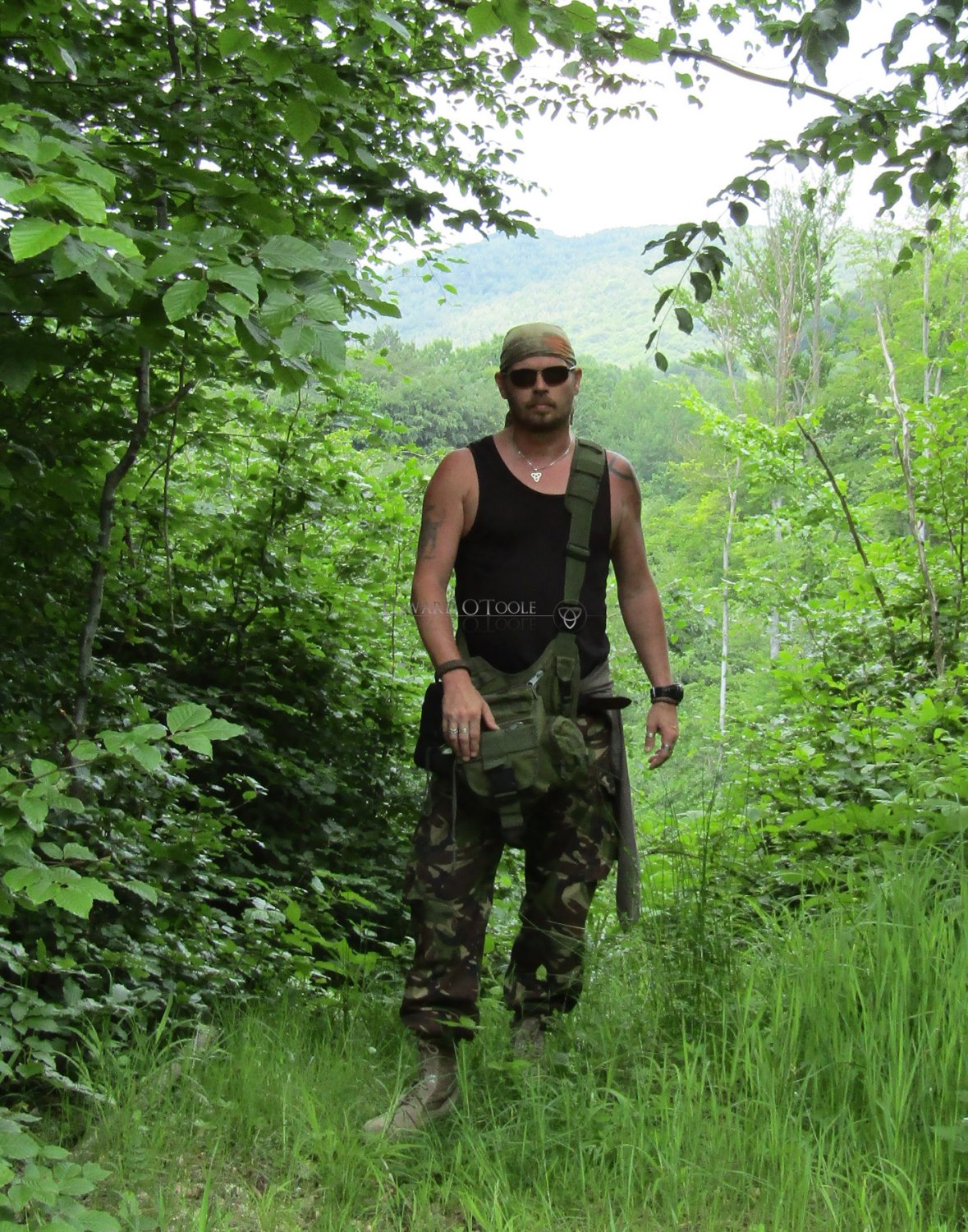This weekend was supposed to be very wet and we almost didn’t go to the house. France and Germany have both had floods and we were expecting the same. However, despite the occasional short, hard downpour, it was scorching hot. My garden is completely overgrown but this week I discovered that the engine of my strimmer is cracked so I had to throw it away and order a new one – which meant I didn’t have to spend most of my time weed whacking.
We went to the forest for two long walks, along the logging trail outside the village. After discovering some out-of-season Cep mushrooms, we then devoted the rest of our time to hunting them.
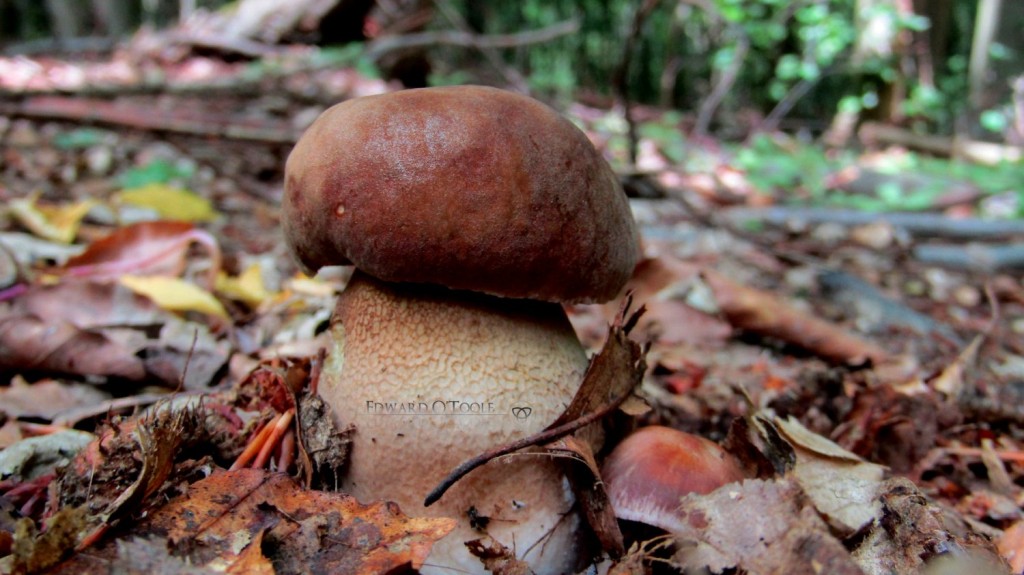
Cep is a very special edible mushroom in that it can’t be cultivated. It requires so many odd combinations in its environment (types of trees, other fungi, weather, etc) that it thus far has never been domesticated. Usually it grows somewhere near to an Amanita, a poisonous fungi – and in my area this normally means Fly Agaric (Amanita muscaria); however, as it’s too early for them, these Cep (porcino) were growing alongside the deadlier cousin of Fly Agaric, the Panther Cap (Amanita pantherina):

One reason I recommend the inexperienced not to pick mushrooms is that they can easily be confused. While to the trained eye there is a vast difference between an Amanita and Boletus edulis, they could be mistakenly picked together as they were roughly the same size, shape and colour, and were growing very close together.
The insects were out in force due to the humidity, and some were fascinating. The best we saw was an aerial battle between a dragonfly and a hornet as they zoomed around us, making us very nervous, but the action was way too fast to film. It felt very prehistoric with two such large insects loudly zooming around trying to kill each other.
I picked up a couple of microscopic ticks (I hate them when they’re that small as they’re almost impossible to get out without leaving the head behind to fester), and a Green Huntsman Spider (Micrommata virescens). The Canon DS412 just can’t focus properly, sadly
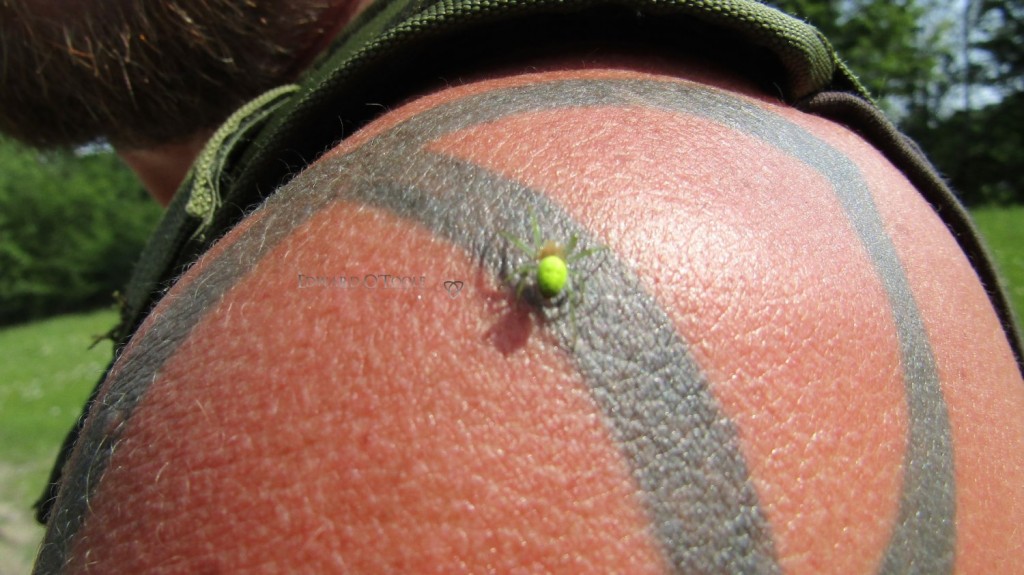
This little spider’s bite causes localised pain for up to 2 days but I’ve never had a problem with arachnids (my house is full of them).
There was a felled tree with many Sabre wasps (Rhyssa persuasoria) hanging around it. These guys have a sting about 4 inches long. Some were mating but this particular one is actually using its sting to inject some wood-boring larvae with its egg (I don’t know what the liquid its creating is for):

Thanks to several bouts of light rain, animal tracks were easily visible. These lynx tracks are some of the clearest I’ve ever found:

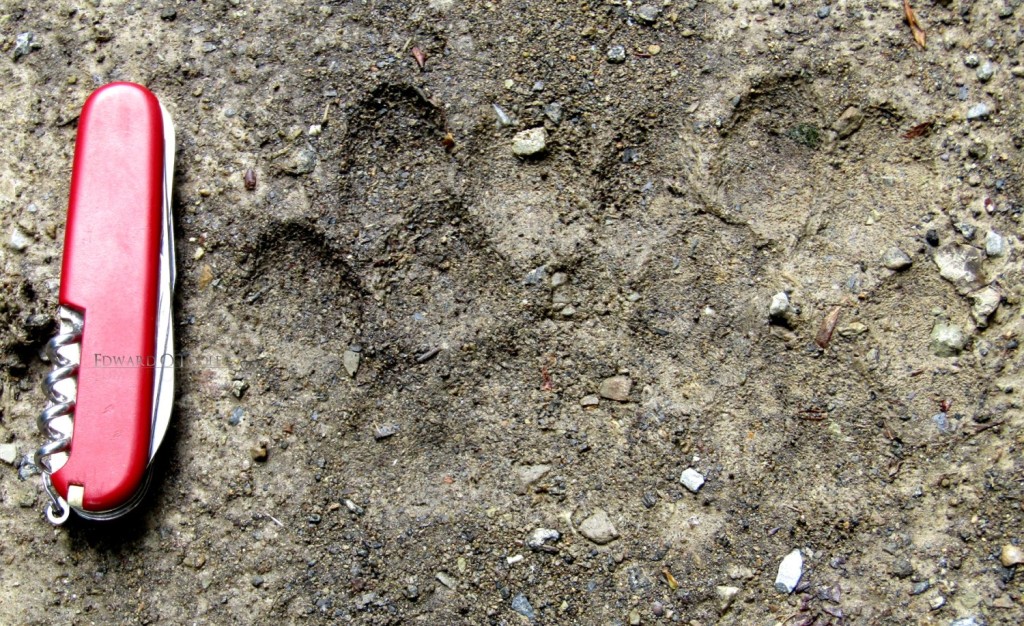
One way of discerning wolf from dog tracks is by their size. 9cms is the border between dog and wolf (anything smaller is a dog, except for a few speciality breeds such as Bloodhound). A 9cm track is a very large dog. This Swiss Army knife is 9.5 cms long – that means the lynx must be huge. There were clearly 2 different lynxes at work along the trail and it was amazing to be able to differentiate them because one had a single claw protruding, making its tracks very noticeable. Perhaps it had had an injury.
Another set of tracks we came across were from a wolf. What was creepy about these was that they hadn’t been there half an hour earlier (the time it took us to reach a certain point and turn back. This meant that the wolf had crossed the trail sometime after we’d passed the spot. It had stopped at a puddle, presumably to drink, and its fresh wet tracks hadn’t evapourated yet.

There was another set of tracks we found, which were muchharder to discern because they had been sunk into thick mud and had filled up with water. we debated these for quite some time and I don’t really want to think about what they could represent…
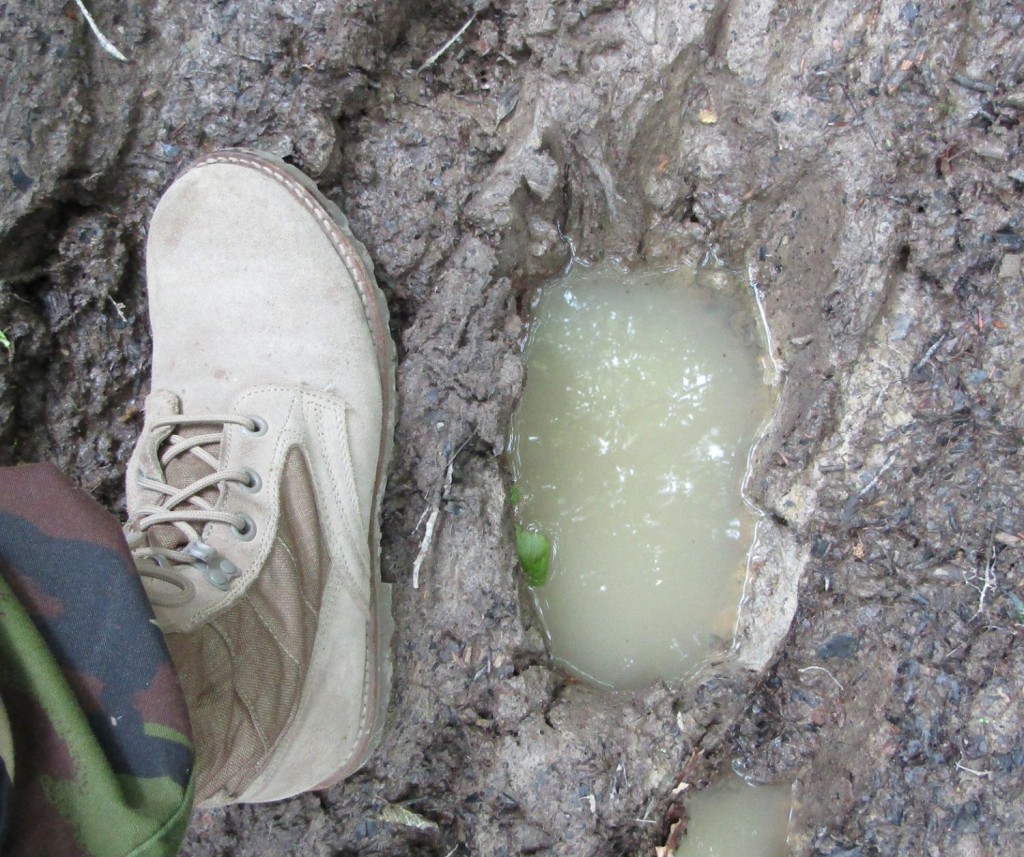
It might not be a bear but there aren’t many other animals I know which make such large and deep impressions in mud…. I’ll keep this as an “I don’t know” for now…
Back on safer ground, this is a badger track:
